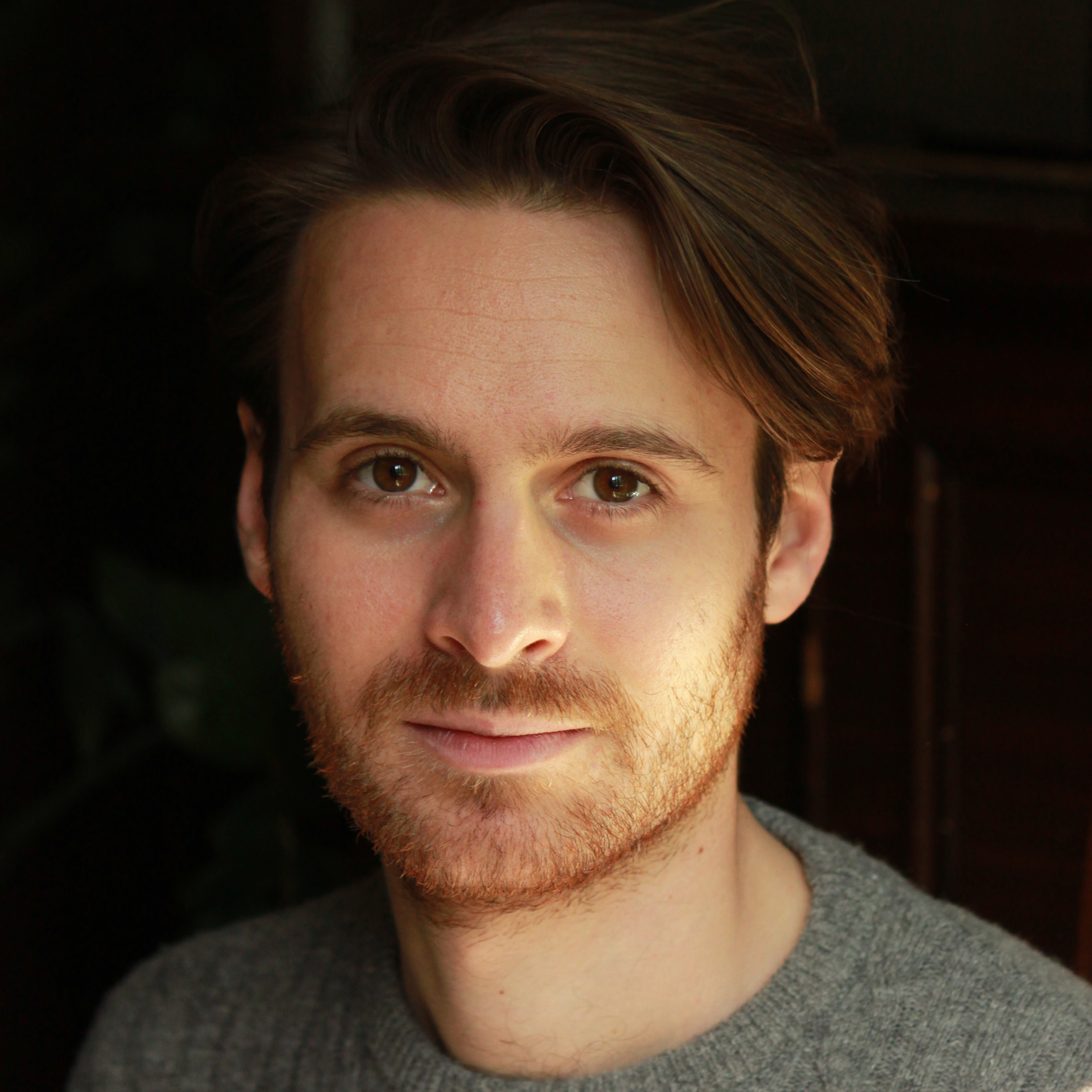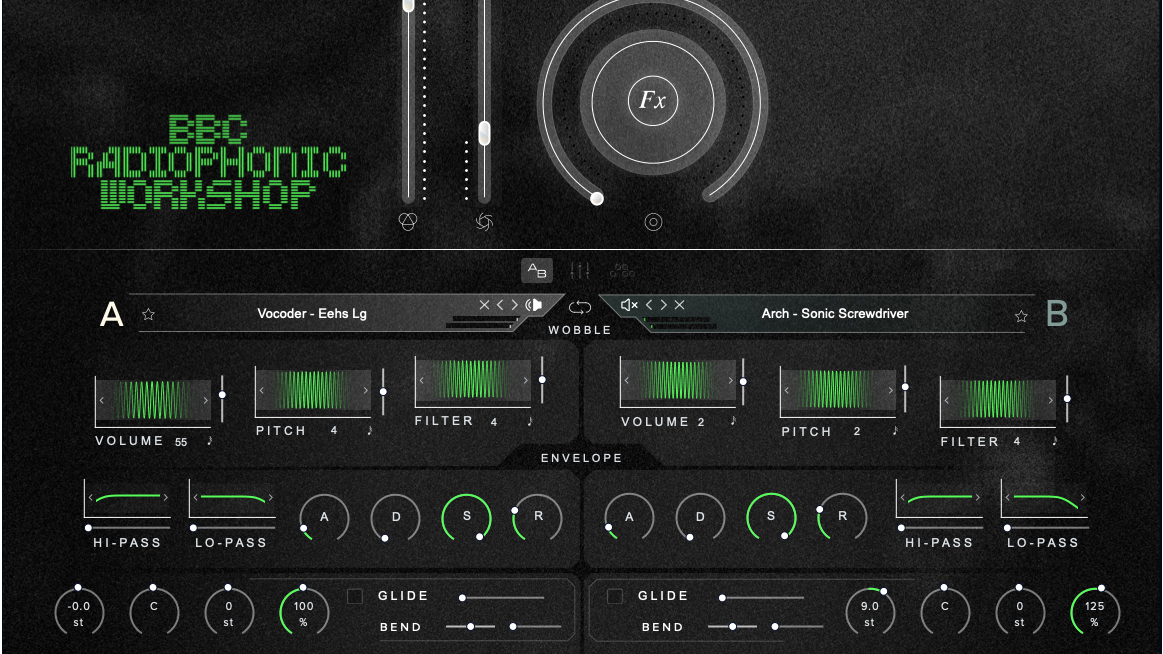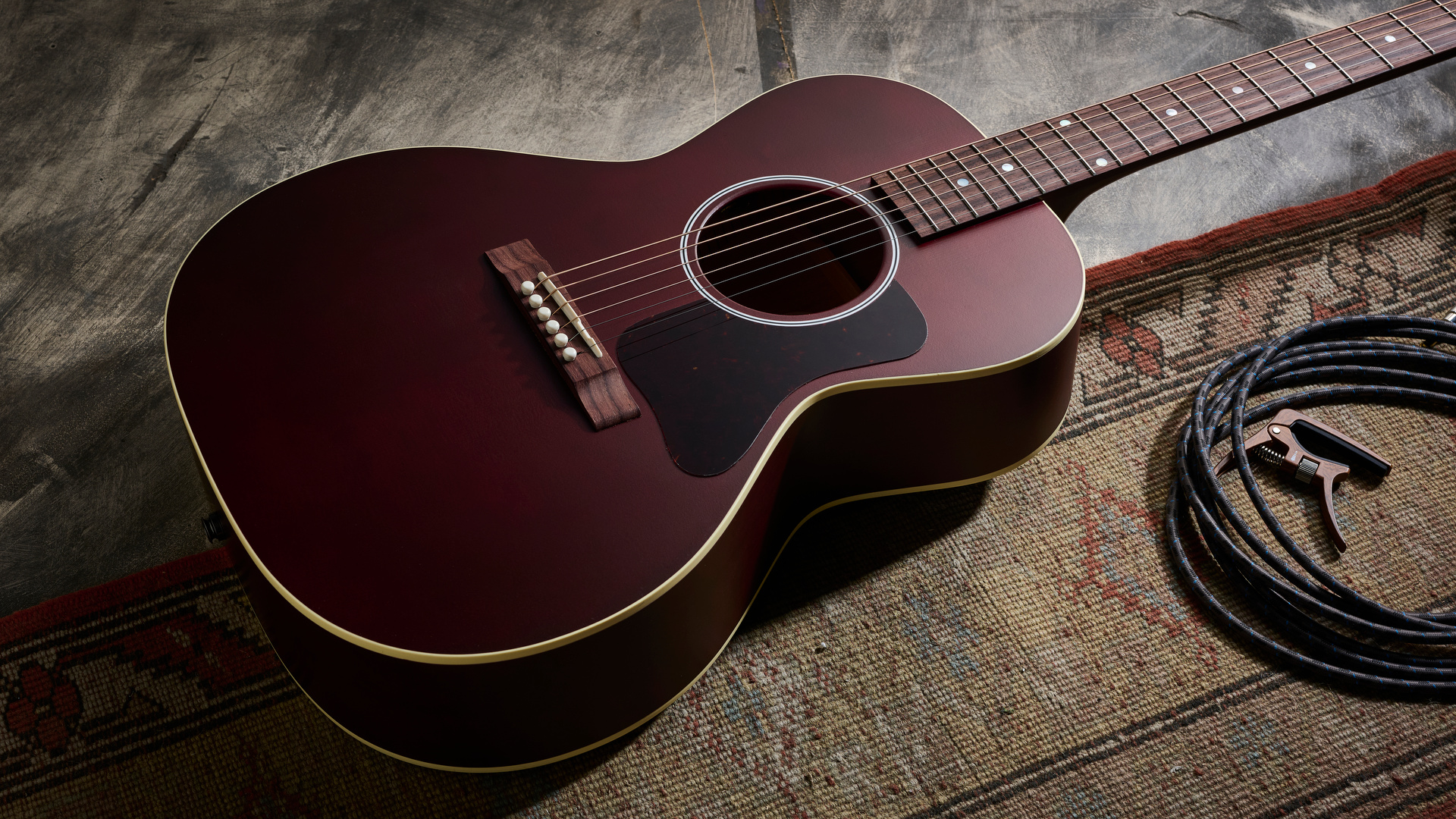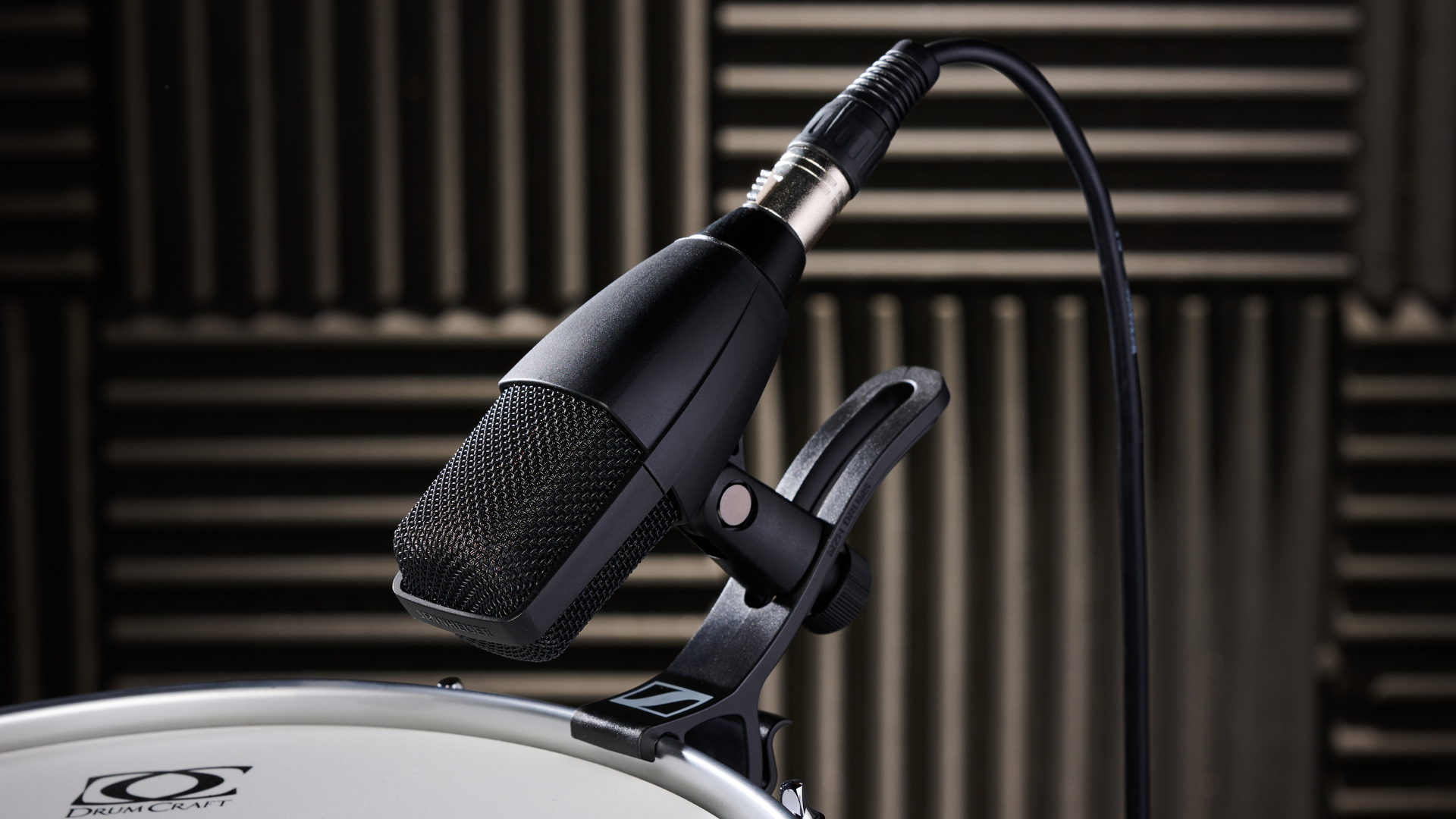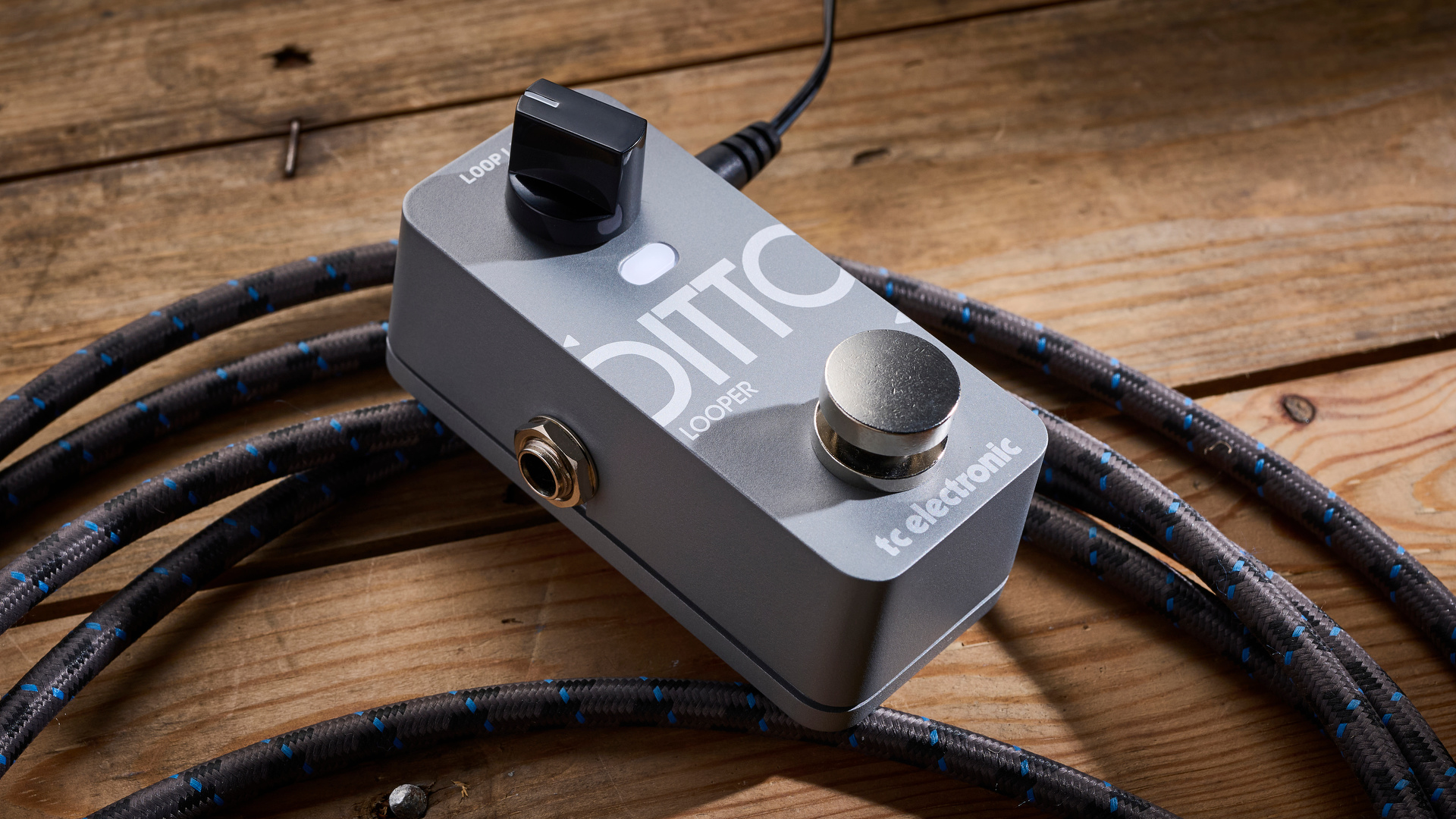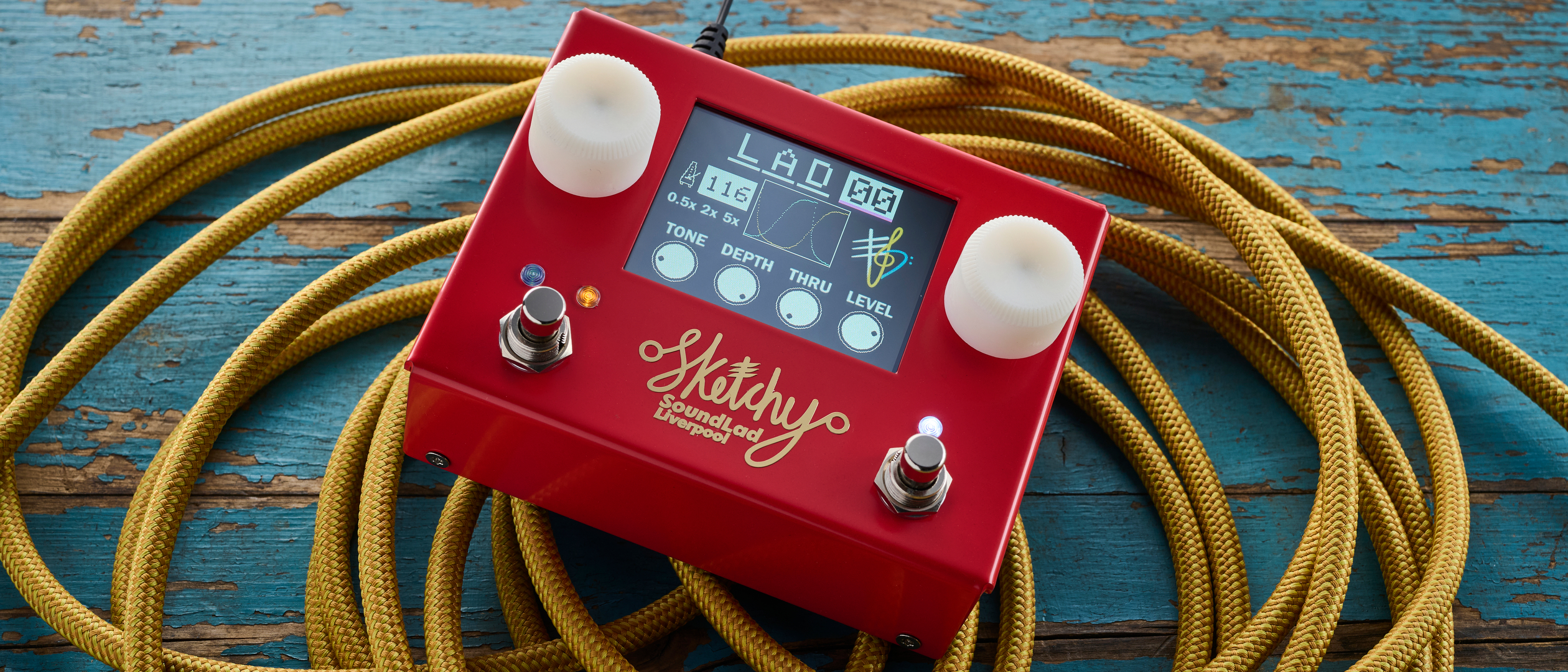MusicRadar Verdict
The CLP-885 sets a new standard for digital pianos, delivering a truly realistic playing experience, impressive acoustic sound, and premium craftsmanship, all packed into an authentic upright-like cabinet. It’s a high-end choice but worth every note!
Pros
- +
Looks and feels like an acoustic piano
- +
Exceptional key and pedal action
- +
Natural sound through speakers
- +
Excellent connectivity and learning tools
- +
User-friendly interface
Cons
- -
The sound through headphones sound lacks depth and fullness
- -
Premium price
MusicRadar's got your back
What is it?
Few digital pianos are as recognisable as Yamaha’s Clavinova. Since the early 1980s, these instruments have been a staple in homes, schools, and community spaces; chances are you’ve seen one in a friend’s living room. Clavinovas have been at the forefront of digital piano engineering, always pushing the boundaries of technology to recreate the true experience of a real acoustic piano. After all, digital pianos are designed to be a more affordable, compact alternative to acoustic uprights.
The CLP-800 series is the new generation of the iconic Clavinova family, succeeding the much-loved 700 series. The new Clavinovas were unveiled in 2024 and are available in seven sizes: CLP-825, CLP-835, CLP-845, CLP-875, CLP-885, and two grand piano-shaped models, the CLP-865GP and CLP-895GP. The piano comes in three finishes: a simple matte black and two polished finishes, black and white, for that true upright look. It is worth noting that both polished finishes are more expensive.
Sonically, the CLP-885 is packed with new modelling technology. Like most Yamaha pianos, it features Virtual Resonance Modeling (VRM), which recreates the sympathetic resonance that naturally occurs in a grand piano. Acoustic pianos are complex instruments; as sound travels through their various components and body, it creates a rich, colourful tone.
The CLP-885 also features Grand Expression Modelling, a technology designed to mimic how a pianist’s touch, through variations in intensity, speed, and depth, shapes the tonal expression of each note, just as it would on an acoustic instrument.
Loaded with a generous 53 different primary voices, 480 additional instruments sampled using Yamaha’s XG technology, and 14 drums and SFX kits, there are plenty of sounds to get stuck into. The two main piano sounds of the CLP-885 are sampled from the iconic Yamaha CFX, their flagship concert grand, a rich and colourful modern instrument, and the legendary Viennese grand, the Bösendorfer Imperial, a naturally warm and lush instrument. The CLP-885 features a collection of historical pianos, fortepianos, and vintage electric pianos and organs.
The CLP-885 is also designed with beginners in mind. It comes with 303 exercises by well-known methods such as Hanon, Beyer, Czerny, and Burgmüller. It wirelessly connects to the free Yamaha Smart Pianist app, opening up the possibility to access sheet music designed for learning with a tempo change function and left-hand/right-hand switching. Players can even import their own music, for which the app will generate sheet music.
Younger players will be able to fully embrace the learning capabilities of the CLP-885 as it’s compatible with the FC35 optional three-pedal unit, a set of three pedals, higher than regular ones, that function as an extension for small children so they can discover and practice pedaling.
The CLP-885 features the usual functions of a digital piano, such as metronome, effects, split, dual, etc. Still, a notable one is the Volume Limiter function, which allows players to set a maximum volume, ensuring that both children and adults can play without worrying about potential hearing damage.
Build and design
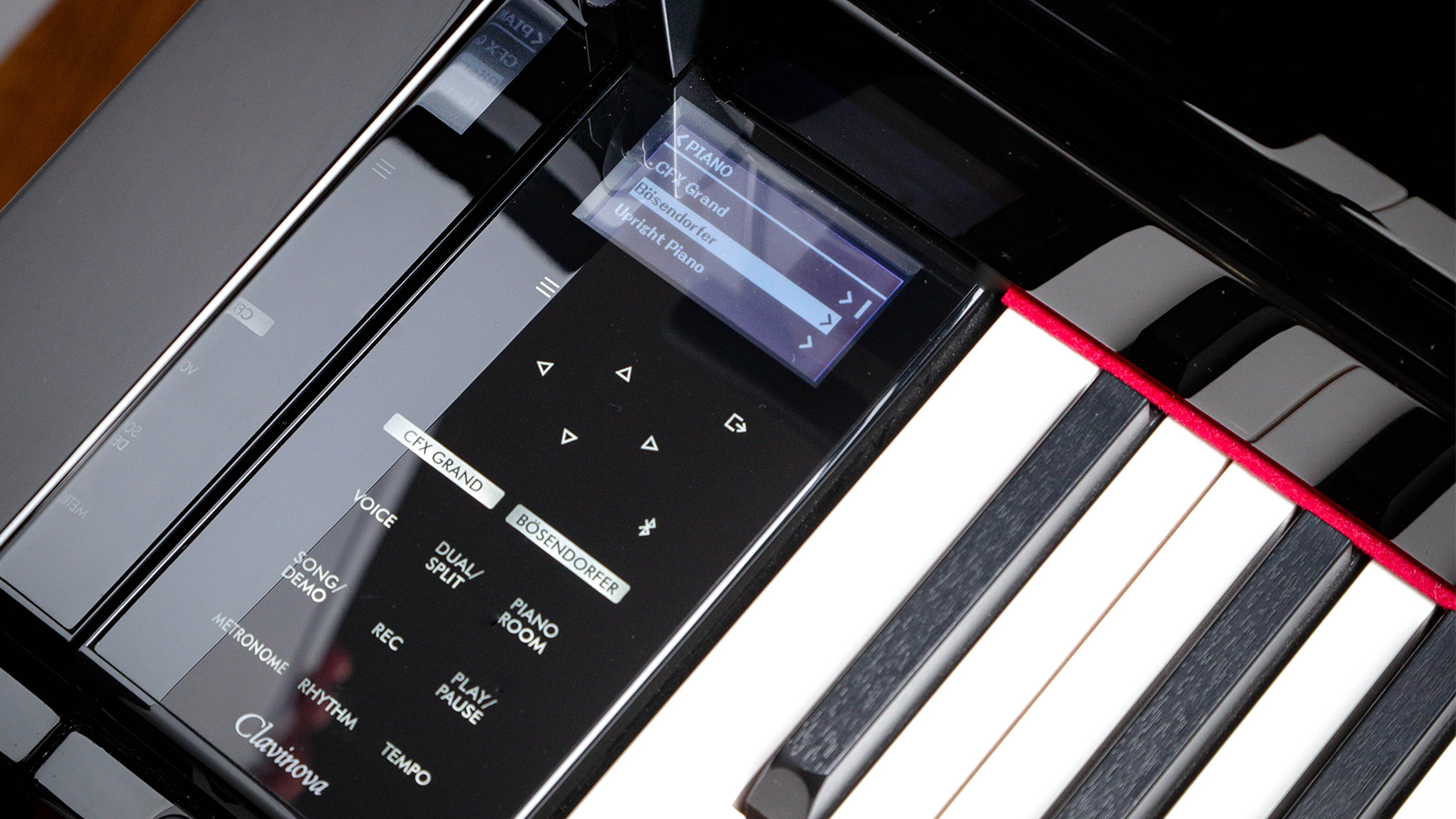
The CLP-885 is the top of the series if we discount the two GP (grand piano) models. It’s designed to look like an upright piano while offering a more compact size when compared to a classic upright. I’m happy to report this is a solid instrument that carries the presence of an acoustic unit with Yamaha’s signature craftsmanship, all in a simple and timeless design.
In my opinion, the CLP-885 looks stunning - especially in the polished ebony colourway. At a glance, it really does have the appearance of an acoustic instrument. Yes, it’s smaller than an upright piano, but it radiates a natural presence that is sure to blend into most rooms.
Apart from a nicely backlit and discreet power button and volume fader on the right-hand side of the keyboard, you won’t see anything digital on this piano. But with a simple tap on the left-hand panel, the touch sensor display lights up, allowing me to navigate through the various voices and functions. After a while, it dims down, making it easier to forget I’m playing a digital piano.
For me, the touch sensor display is both elegant and functional, making it easy to navigate through sounds and settings. It features two dedicated buttons for quick switching between the two main piano sounds, a small detail I know I’d appreciate if I were to use this piano long-term.
The level of precision in the pedals deserves a special mention
Now, one of the new features of the CLP-885 is its advanced pedal mechanism. Like a grand piano, the CLP-800 series includes three pedals - Sustain, Soft, and Sostenuto - equipped with Yamaha’s GrandTouch mechanism that recreates the resistance and response of a grand piano. The pedals are designed to offer a more realistic and comfortable playing experience than previous models, allowing for better control over pedalling technique.
The level of precision in the pedals deserves a special mention. Yamaha’s craftsmanship really shines through here, especially in the sustain pedal, which delivers an authentic grand piano-like experience, allowing for great nuanced and natural control.
I have to admit the CLP-885 blew me away. I knew testing a Clavinova piano would be a treat, but I wasn’t expecting to experience such a level of immersion. The CLP-700 series was a favourite of ours at MusicRadar, but the CLP-800 series changes the game again!
Playability
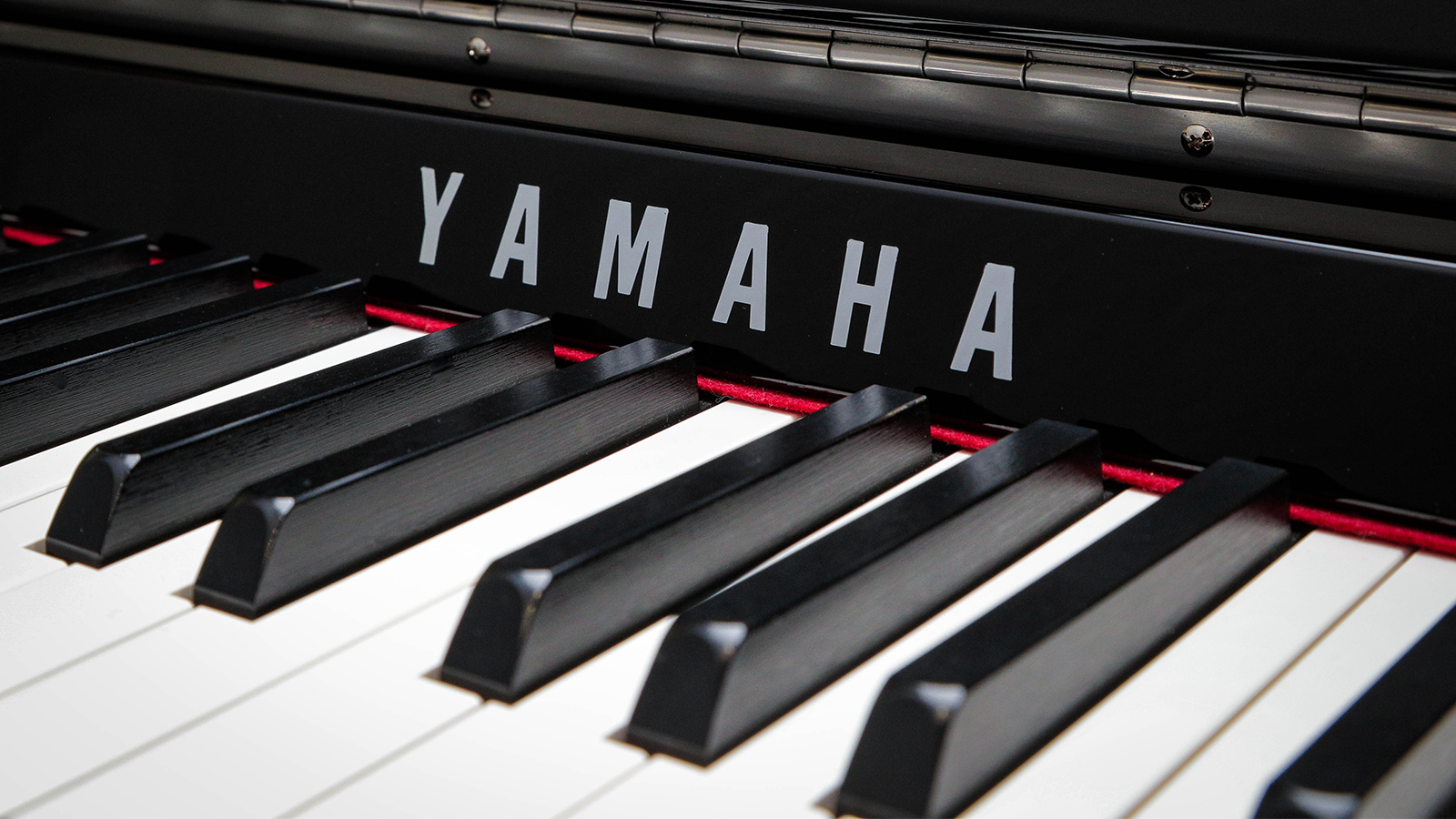
When I started playing the CLP-885, I almost had to pinch myself to remember I were playing on a digital piano, not an upright.
The keyboard of the CLP-885 features Yamaha’s latest technology, designed to deliver a truly organic playing experience. The keys are made of wood and are equipped with Yamaha's latest GrandTouch mechanism, offering greater dynamic depth. Additionally, the CLP-885’s keyboard includes counterweights for each key, ensuring a responsive feel across the entire range of the keyboard.
The amount of detail in the key action and the way the sound responded to my playing was absolutely incredible
Essentially, lower notes feel heavier and higher notes lighter, just as they would on an acoustic instrument. In a traditional piano, counterweights help balance the hammer’s weight, providing greater control and nuance when playing softly. They provide a smoother and faster key return, which is essential for rapid articulations and quick playing.
The amount of detail in the key action and the way the sound responded to my playing was absolutely incredible. Yes, the keys are fairly heavy, but with the right articulation, I could achieve subtlety in my performances that I have struggled to pull out of a digital piano in the past.
The counterweight action is very impressive and adds to the immersive feel of the instrument. The wooden keys feel great, even though they might look cheaper than those of an upright.
Simply put, the keyboard of the CLP-885 was a pure joy to play.
Sound
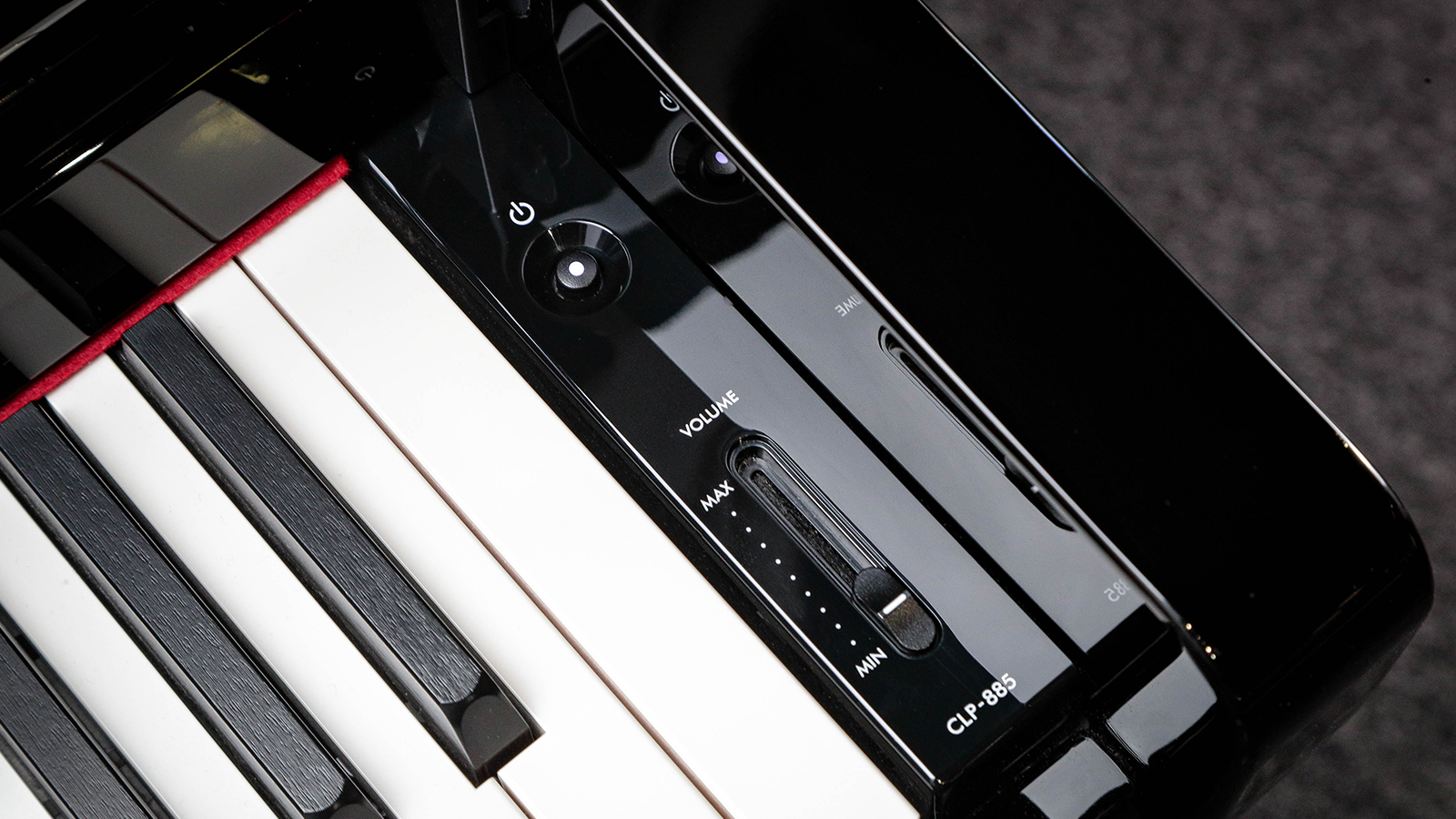
A defining feature of the CLP-885 is its innovative sound projection system. Grand Acoustic Imaging is designed to ensure the most authentic experience possible without headphones - and I’m happy to report that it works.
This instrument is equipped with two powerful and well-balanced speakers. Still, Yamaha goes further with this model by using diffusers, waveguides and Bidirectional Horns to fully explore the physicality of an acoustic instrument, taking the digital sound back into the natural world - that way, the instrument delivers a more organic tone.
The Yamaha CLP-885 features spruce wood, the same material used in Yamaha's acoustic pianos. The sound travels through the spruce, ensuring superior tone quality. It should sound punchy, colourful and vibrant in any room.
To my ears, the speakers of the CLP-885 pack a real punch with strong bass, colourful lows, clear mids, and impressive highs. The instrument’s diffusion technology does a great job of turning a digital piano into a virtual acoustic one. The sound spreads naturally throughout the room with an organic response; I could even feel the low notes vibrating through my body. Your neighbours might not be happy with that, but the sound of the instrument is fully customisable through the app so that you can remove some of the bass if it’s too much for your room. However, would you really want to?
Digital pianos are often disappointing when played without headphones, but not the CLP-885. If anything, you might find yourself preferring to play it without them.
The CLP-885 comes with a wide range of sounds, and I thought the various alternative pianos, upright and fortepianos, sounded great. Some of the electric piano voices had a vibrant, realistic sound with true dynamic tonal variation. If you’ve never liked e-pianos because you’ve only played them on digital pianos, you might want to give these a try - they sound very organic.
Where the CLP-885 falls short, however, is in its headphone performance. The two main piano sounds are recorded using binaural technology, a recording method that captures sound the way the human ears naturally perceive it. By using special microphones placed at a pianist’s listening position, binaural recording creates a three-dimensional soundscape, making it feel as though the music is coming from the instrument itself rather than through headphones. When it comes to the other instrument sounds available on the CLP-885, they use Yamaha’s Stereophonic Optimizer technology, which delivers a more immersive and natural sound compared to standard digital modelling.
Now, I have to admit both the Yamaha CFX and Bösendorfer samples are beautifully captured, with impressive depth and richness enhanced by VRM. The binaural sound adds realism and immersion, but strangely, the overall sound through headphones felt noticeably thinner compared to other Yamaha models. Playing multiple Yamaha pianos side by side left us wondering why the bass response was noticeably absent in the 885. Okay, it didn’t sound bad as such, but it certainly didn’t sound as full and rich as it did in the room.
Digital pianos are often disappointing when played without headphones, but not the CLP-885. If anything, you might find yourself preferring to play it without them.
Final verdict
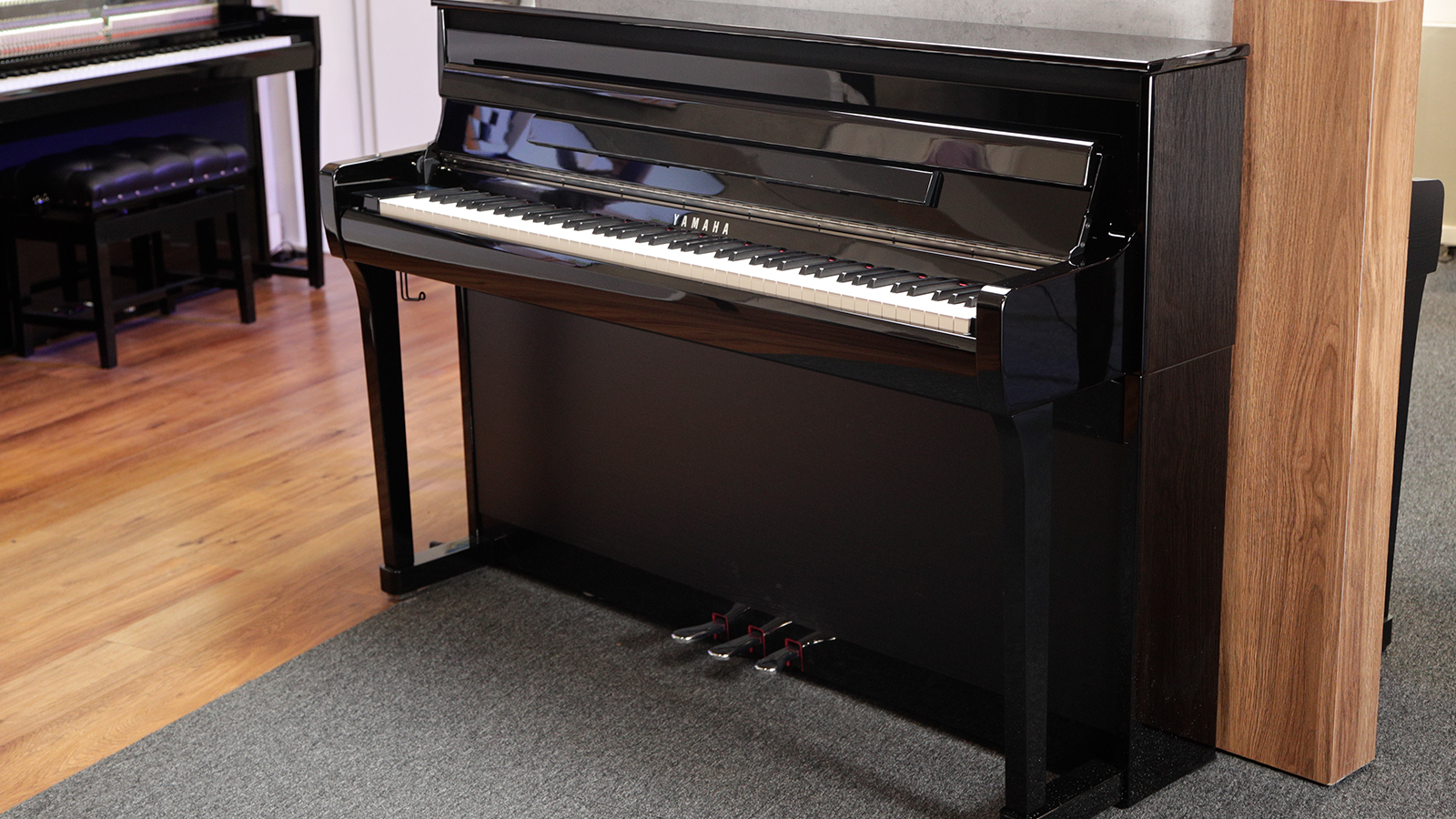
What I look for in a premium digital piano is a seamless fusion of digital innovation and acoustic authenticity, and the CLP-885 brings me closer than ever to that vision. Yamaha has achieved an extraordinary level of immersiveness and realism, crafting an instrument that sounds closer to an acoustic piano and feels like one under your fingers.
The various learning features add real value to the instrument, providing access to music and exercises, while the seamless integration with the Smart Pianist app makes it a solid investment for the future, a real treat for every generation.
Yes, the CLP-885 isn’t cheap and sits at the premium end of the Clavinova 800 lineup. Still, if you’re looking for an outstanding alternative to an upright piano, an instrument to cherish for years to come, I highly recommend giving it a try.
Whether you're an experienced pianist, an enthusiastic amateur, or a curious beginner, the CLP-885 delivers an inspiring playing experience. In fact, this piano might just be the best digital piano I’ve played this year.
Hands-on demos
Specifications
- Dimensions: Width: 1,467 mm [57-3/4"] Height: 1,027 mm [40-7/16"] Polished finish: 1,029 mm [40-1/2"] Depth: 494 mm [19-7/16"]
- Weight: 90 kg [198 lb, 7 oz]
- Keys: 88
- Keyboard: GrandTouch
- Touch Sensitivity: Hard2, Hard1, Medium, Soft1, Soft2, Fixed
- Pedals: Damper (with half-pedal function), Sostenuto, Soft
- Polyphony: 256
- Number of Voices: 53 Voices + 480 XG Voices + 14 Drum/SFX Kits
- Bluetooth: Audio/MIDI
- Amplifiers: 45 W + 30 W + 25 W × 2
- Speakers: 16 cm with diffuser + 8 cm with diffuser + 2.5 cm (dome) with Bidirectional Horn × 2, Spruce Cone Speaker
- Power Supply: AC Adaptor PA-500
- Contact: Yamaha
Quentin is a composer specialising in writing for contemporary dance, theatre and film. He is also a classically trained pianist and multi-instrumentalist. One half of trip-hop duo Moon Thrills, Quentin also teaches songwriting to the undergraduate students at LCCM in London. He has a newly discovered passion for sound synthesis and finds it a great way to explore new and exciting ways to develop his music.
You must confirm your public display name before commenting
Please logout and then login again, you will then be prompted to enter your display name.
With its latest free update, Ableton has finally turned Note into the app I always wanted it to be
Technically capable, but struggle to make your tunes sound musical? 5 simple music theory hacks to make your tracks stand out
"Despite its size, it delivers impressive audio quality and premium functions as well as featuring a good selection of inspired sounds": Roland GO:Piano 88PX review
